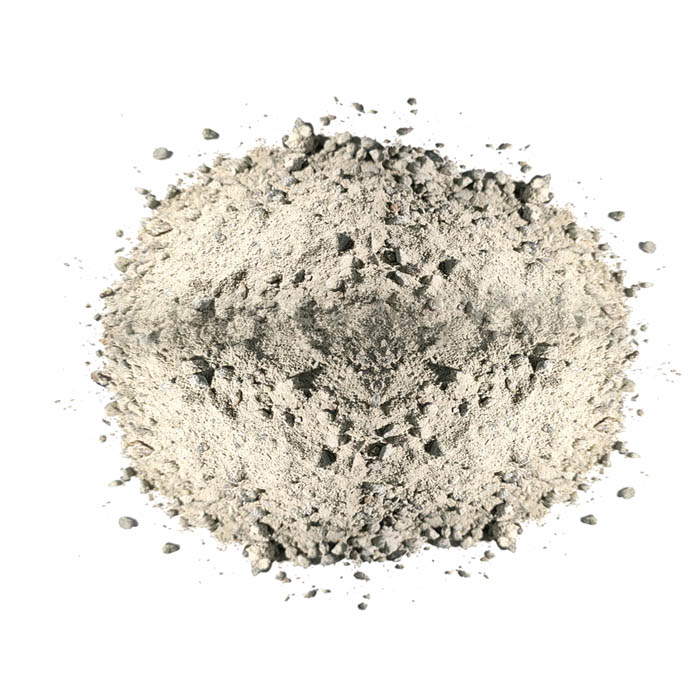Nov . 10, 2024 20:27 Back to list
Properties and Applications of Activated Alumina as an Efficient Adsorbent Material
Activated Alumina Adsorbent Properties, Applications, and Advantages
Activated alumina is a highly porous, granular form of aluminum oxide (Al2O3) that is predominantly used as an adsorbent in various industrial applications. Due to its extensive surface area, chemical compatibility, and high adsorption capacity, activated alumina plays a significant role in the fields of water treatment, air purification, and catalysis. This article explores the properties, applications, and advantages of using activated alumina as an adsorbent.
Properties of Activated Alumina
Activated alumina is characterized by its high porosity and surface area, which typically ranges from 300 to 400 m²/g. This high surface area is crucial for its ability to adsorb a variety of molecules. The material is produced by dehydrating aluminum hydroxide at elevated temperatures, which creates a network of pores. Additionally, activated alumina is highly stable under various temperature and pH conditions, making it suitable for diverse environments.
One of the key features of activated alumina is its ability to adsorb moisture. The material exhibits hygroscopic properties, which allow it to attract and retain water molecules from the surrounding environment. Moreover, the adsorption capacity can be influenced by factors such as temperature, pressure, and the concentration of the adsorbate.
Applications of Activated Alumina
1. Water Treatment Activated alumina is widely used in water purification processes. It effectively removes contaminants such as fluoride, arsenic, and lead from drinking water. Activated alumina filters can reduce fluoride levels to comply with health regulations, making the water safer for consumption.
2. Air Purification In air treatment systems, activated alumina serves as a desiccant to remove moisture from the air. This property is particularly beneficial in industries where moisture control is essential, such as in pharmaceuticals and food storage. Additionally, activated alumina can adsorb volatile organic compounds (VOCs), helping to mitigate air pollution.
3. Catalysis In the field of catalysis, activated alumina is often used as a catalyst support material. Its high surface area provides an ideal platform for the dispersion of active catalytic metal sites. This application is especially prevalent in chemical reactions such as hydrogenation and isomerization processes.
activated alumina adsorbent

4. Industrial Processes Activated alumina is also used in the petroleum and petrochemical industries to remove impurities from hydrocarbons. It can effectively adsorb sulfur compounds, heavy metals, and other contaminants, thus improving the quality of fuels and lubricants.
5. Odor Control The material is effective in trapping odor-causing molecules, making it useful in both industrial and consumer applications. Activated alumina can be found in products designed to eliminate unwanted smells in bathrooms, kitchens, and storage areas.
Advantages of Activated Alumina
Activated alumina offers several advantages that make it a preferred choice as an adsorbent
- Versatility Its ability to adsorb a wide variety of substances—including gases, vapors, and liquids—makes activated alumina suitable for numerous applications across different industries. - Regeneration Capability One of the notable benefits of activated alumina is its potential for regeneration. Upon saturation, it can be subjected to heat treatment to remove adsorbed substances, allowing it to be reused multiple times, which is both economical and environmentally friendly.
- Non-toxic and Safe Activated alumina is considered safe and non-toxic for applications related to water treatment and food storage, making it an ideal choice for industries where health and safety are paramount.
- Cost-Effective Solution Compared to other adsorbents, activated alumina is relatively affordable, particularly when considering its lifespan and regeneration capabilities. This cost-effectiveness can lead to significant savings for industries that rely on it for adsorption processes.
Conclusion
Activated alumina is a versatile and effective adsorbent widely used in various applications, from water treatment and air purification to catalysis and odor control. Its unique properties, including high surface area, moisture absorption capacity, and chemical stability, make it an invaluable material in many industrial processes. As industries continue to seek efficient and sustainable solutions for purification and adsorption, activated alumina will likely remain a key player in advancing environmental and health standards. Its ability to adsorb a range of contaminants effectively underscores its importance in both present and future applications.
-
High-Quality Fe-C Alloy Leading Manufacturers & Spherical Alloy Materials Supplier
NewsJun.10,2025
-
Premium Low Nitrogen Recarburiser Supplier & Manufacturer – High Quality Exporters
NewsJun.10,2025
-
DT4 High-Quality Magnetic Materials Leading DT4 Manufacturer & Supplier
NewsJun.10,2025
-
High-Performance Spring Steel Suppliers Custom Solutions
NewsJun.10,2025
-
Premium SWRCH6A Manufacturer Steel Wire Supplier & Factory
NewsJun.10,2025
-
Premium Mild Steel Wire Rod Supplier & Manufacturer
NewsJun.10,2025
